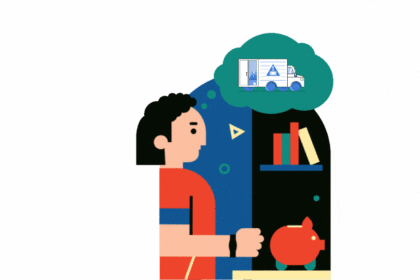A poor last mile delivery can cost you hugely even if you have managed very smoothly on time. The customer does not know of the effort and cost you have put into the entire shipping plan. All he knows is that the product delivery was delayed. Or, the delivery disappointed him otherwise. A bad delivery can override a good product and dent your product image with the customer.
Typically, ecommerce sellers work with 3PL companies to get products delivered. Or, sometimes the last mile delivery is done by the ecommerce seller, depending on the size of company, the geographic scope of market, the nature of products, and the capabilities of business. If quality is supreme in your business, take responsibility of last mile delivery and have direct control over that leg.
Having a set of people, who deliver the customer his purchase can have a great advantage especially if your drivers have a brand “code” to follow in their customer interactions. You also get the opportunity to monitor, measure, and manage the way the deliverer’s time is spent at each stop. When you outsource the task, the parameters are all about the time a vehicle spends at a certain place than about driver performance. If your business is restricted to your own city and its suburbs, managing last mile is child’s play. But when you ship your product to customers far away, it becomes tough.
If you want to take ownership of last mile delivery, you might need to rethink your warehouse strategies. Having the warehouse as close as possible to dense customer concentrations is the way to go. So, rent or lease warehouses based on that.
If you have retail stores, you can use them as staging posts for online orders. Clubbing these orders with your regular retail deliveries can cut down the costs involved in delivering smaller orders to residential
addresses. As you would already know, shipping to residential addresses is always more expensive than shipping to
office addresses. Even if you don’t have brick and mortar retail stores, you can use urban distribution facilities run by 3PLs for the same purpose.
If you deal with a product that needs last step installation, basic usage instruction, removal of packaging and in the case of appliances, removal/recycling of the unit that’s being replaced, you have to take responsibility of last mile delivery all by yourself. This kind of job needs training and cannot be outsourced to a random deliverer who will just get the package delivery signature once the delivery is completed. So, much depends on what you sell. If you expect returns or customer
issues, you need to train the same deliverer to handle that as well.
Reverse logistics can be more expensive than shipping one time.








